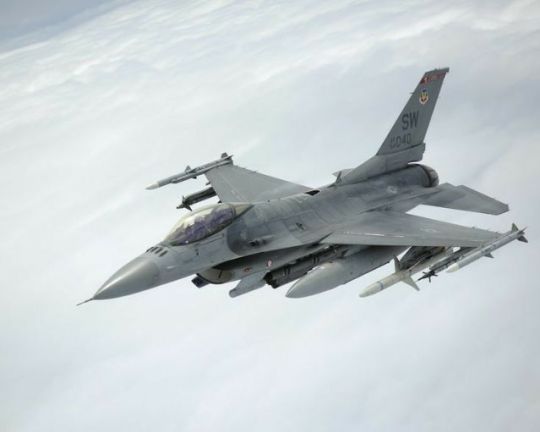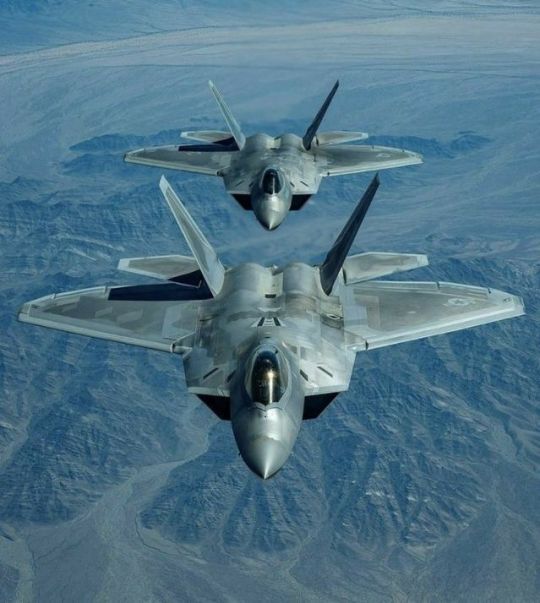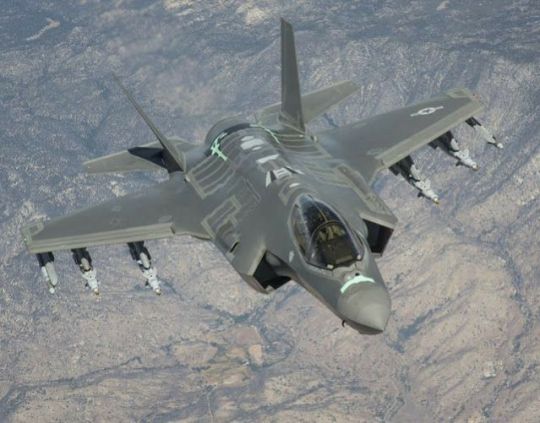#Air Force planes
Text
"Sunset Flight"
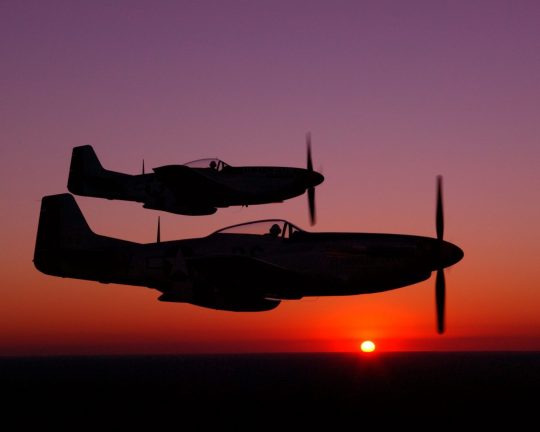
#military#aircraft#air force#aviation#us air force#usaf#propeller#propeller plane#gün batımı#sunset#scenery
696 notes
·
View notes
Text
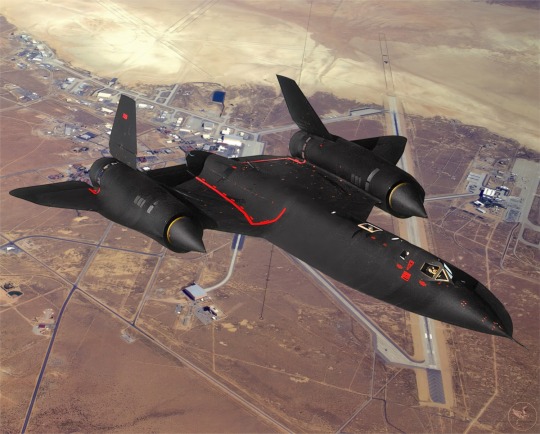
A Lockheed SR-71 Blackbird over Edward Air Force Base
➤➤ EDWARDS AFB VIDEO: https://youtu.be/fGSqQxhYYkA
#youtube#aircraft#airplane#aviation#dronescapes#military#documentary#aviation history#sr 71 blackbird#sr71#skunk works#kelly johnson#edwards air force base#edwards afb#spy plane
421 notes
·
View notes
Text
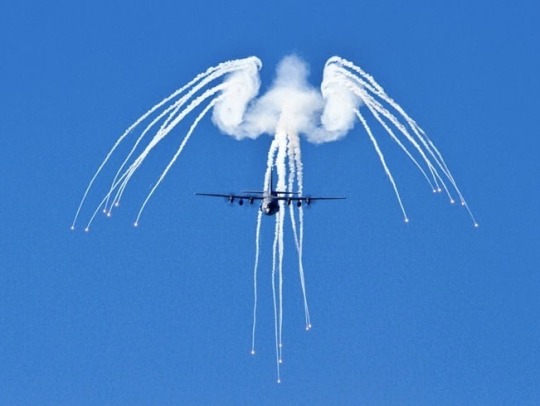
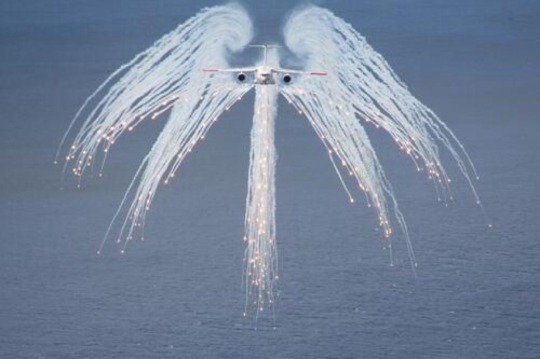


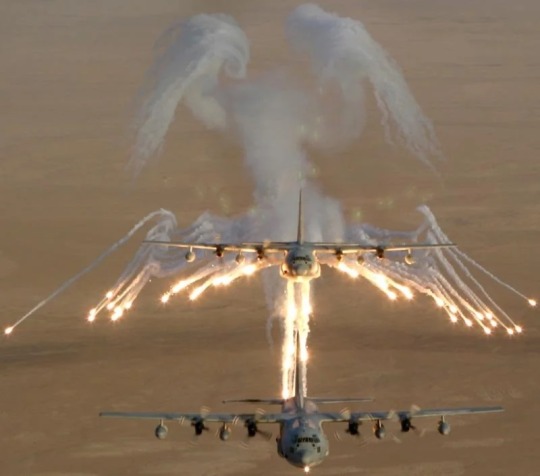

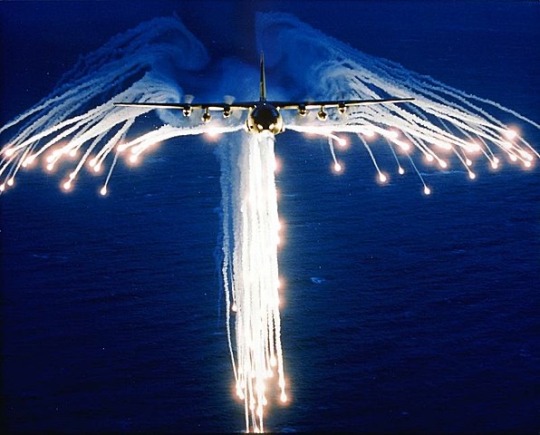
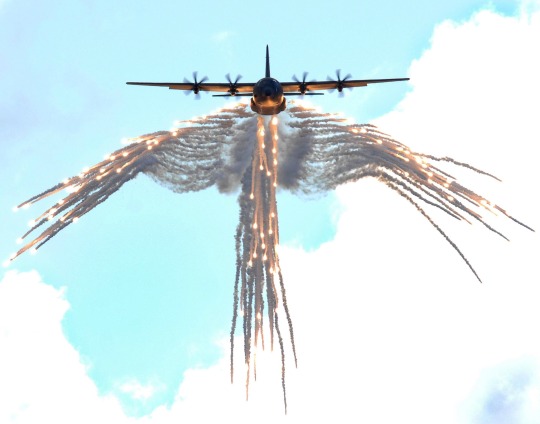
The Lockheed AC-130 in action
Due to the cloud of smoke left behind after flares are released, this aircraft is widely known as “The Angel of Death”
#aviation#ac 130#airplane#planes#war#aircraft#vehicles#flare#aesthetic#military#lockheed#lockheed ac 130#cool stuff#photos#c 130#c 130 hercules#angel#angelcore#skycore#army unveils jet powered drone that fires laser guided missiles — and can fit in a car boot#guns#gunship#gunner#armed forces#air force#tech#technology#techcore#angel of death#deathcore
634 notes
·
View notes
Text





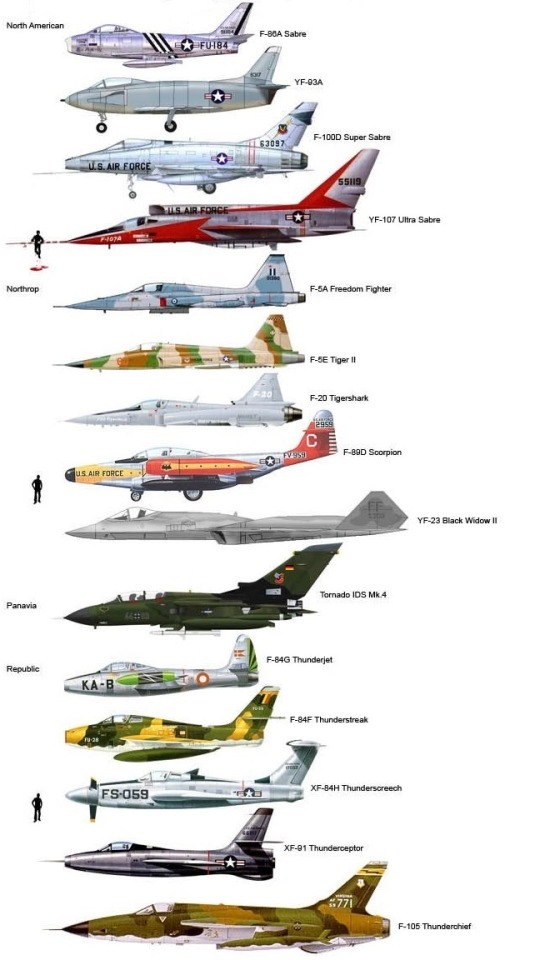



Fighter plane size comparison.
657 notes
·
View notes
Text
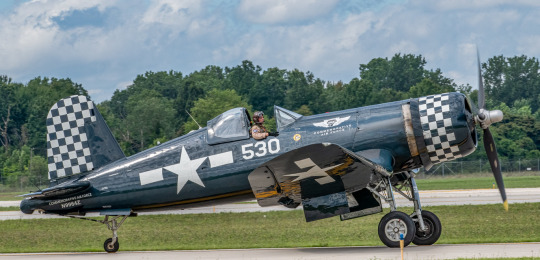
A Goodyear FG-1D Corsair built in 1943 returns from a demo flight at the 2023 Thunder Over Michigan Airshow
#Goodyear#FG-1D#Corsair#WW2 fighter#vintage aircraft#fighter#plane#airshow#Commemorative Air Force#CAF#warbird
156 notes
·
View notes
Text
why I'm happysad that they let Numa be the narrator in Society of the Snow.
So if you, like me, have been more than a little obsessed with the story of Uruguayan Air Force Flight 571 for a very, very long time, your stomach probably dropped like mine did when the narrator introduced himself as Numa Turcatti. (My immediate thought was, "why would you do this to us?!") If you went in blind, I feel for you!
But while the film gave us a version of Numa, since it's from his perspective what it doesn't really give us is the group's perspective on him. He comes across a bit like an outsider, and although, yes, his only surviving friend was Pancho Delgado, he wasn’t an outsider for long at all. On the contrary. So, here are a few excerpts from the books that tell you more about what he was like and how much they all loved him, because I feel like that’s important.
From Alive, Piers Paul Read:
Next to Parrado, Numa Turcatti was the most generally beloved of the boys. [...] Since he had known few of the boys before leaving Montevideo, it was proof of his strength, simplicity and complete lack of malice that he became so loved and respected by them.
On celebrating Numa's birthday while trapped under the avalanche:
The boys gave him an extra cigarette and made a birthday cake out of snow. [...] Many would have liked to give him a better time on his birthday, but instead it was he who improved their spirits. "We have survived the worst," he said. "From now on, things can only get better."
From Society of the Snow, Pablo Vierci:
‘When I talk about Numa, I can’t help but cry,’ says Coche Inciarte. ‘He’s the best person I’ve ever met in my life. However tenderly I cared for those who were losing heart, Numa did it much better because he never got tired. He was constantly aware of everyone else’s distress. He radiated peace, he never gave up, and when he came near me, I felt like Jesus Christ himself was among us, with such mercy and compassion in his eyes. I don’t know where he got his strength.’
‘I could never imagine him living in everyday life, because I met him and I loved him in that torment of the Andes,’ says Coche. ‘He had a hard time eating, like I did. We ate the bare minimum in order to survive. I lost one hundred pounds, he lost more. And just like me, his leg became infected after the avalanche. We operated on our legs together with a razor blade. But he deteriorated more quickly than I did, because he had given so much more; he had been too generous.’
Moncho Sabella:
Numa taught us about the anonymous heroism of giving more of himself to others than he reserved for himself. In that balance between solidarity and selfishness, which decided whether you lived or died, he tilted the balance in favour of the others to the detriment of himself. [...] And when the avalanche came and covered the plane, the one who worked the hardest, the one who removed the most snow so that we could come back to life, was Numa. Again, he was exceeding his own limits. [...] In the end, his immune system was so devastated that he got one infection after another. We gave him antibiotics and the doctors on the mountain attended to him every day, but finally he left us. And with him, we all died a little more.
Gustavo Zerbino:
I always remember Numa up there, full of despair, when he told us that he would rather die watching the sky, walking, instead of ending life immobilised in a cave of broken metal. For that reason, after the avalanche, he kept digging and removing snow without rest until he burned himself out with exhaustion. He always thought that his time had come but he wanted to work until the final moment, doing whatever he could to help. I cared for him all those days; I saw how he was hurried to the brink of death, with no defences, getting one infection after another. I went up to him and first I gave him a kiss on the cheek to greet him and asked him how he was doing. He just stared at me with a kind of infinite peace. He never complained. But Numa was quickly deteriorating: from that physical strength and vigour he had had at the beginning, he finished as a skeletal dying boy. He held on to his characteristic qualities until the end though. He was that same stoic guy when he was strong and when he was wasting away.
‘Gustavo Zerbino didn’t tell us the whole truth [about the expedition] because he didn’t want us to be discouraged. When I asked Numa about it, he couldn’t lie and he told me: “As far as we went, all you could see were more mountains.” But even so, he always wanted to be an expeditionary. “I want to go,” he told me, even though I knew at once he could never go, he was too exhausted and too hurt.’ So Numa approached Daniel Fernández, knowing that he had influence over the others, and he tried to convince him: ‘I can do it, Daniel, please believe me. I can do it.’ Daniel recalls, ‘When I told him that his injury made it impossible, he started working even harder than ever, like a bull, shovelling snow to unbury the plane after the avalanche to show that yes, he could do it.’
Finally, from Alive, after Numa died:
On this particular afternoon, Javier Methol lay at the back of the plane. "Be careful," he said to Coche as he rose and stepped over Numa's body. "Be careful not to step on Numa."
"But Numa's dead," said Parrado.
Javier had not realised what had happened, and now that he understood his spirits dropped completely. He wept as he had wept at the death of Liliana, for he had grown to love the shy and simple Numa Turcatti as though he were his brother or son.
I'm not sure the Numa we see in the film is quite the same person that he actually was on that mountain, but I'm so, so glad that he got a voice. He fought so hard for them all.
So, yeah. In the immortal words of Jake Peralta,

207 notes
·
View notes
Text

Boeing E3 Sentry all dished out on a tuesday nite
155 notes
·
View notes
Text
The Women's Airforce Service Pilots (WASP): Soaring Through Gender Barriers 🛩🐝
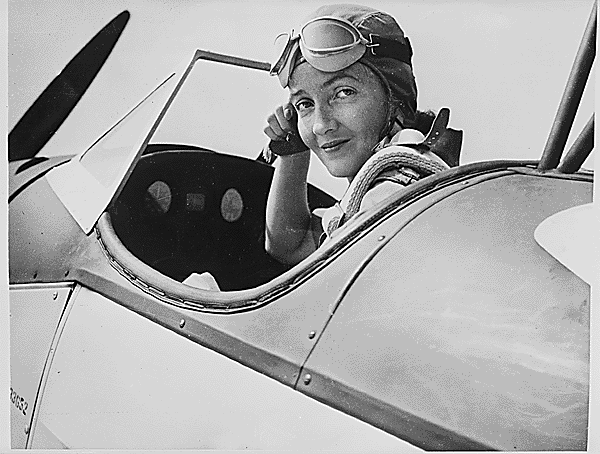
During World War II, while the world battled on various fronts, a quieter revolution took flight in the United States. The Women's Airforce Service Pilots, or WASP, were a pioneering group of female aviators who defied traditional gender norms, proving that women could excel in roles historically reserved for men.
Origins of the WASP
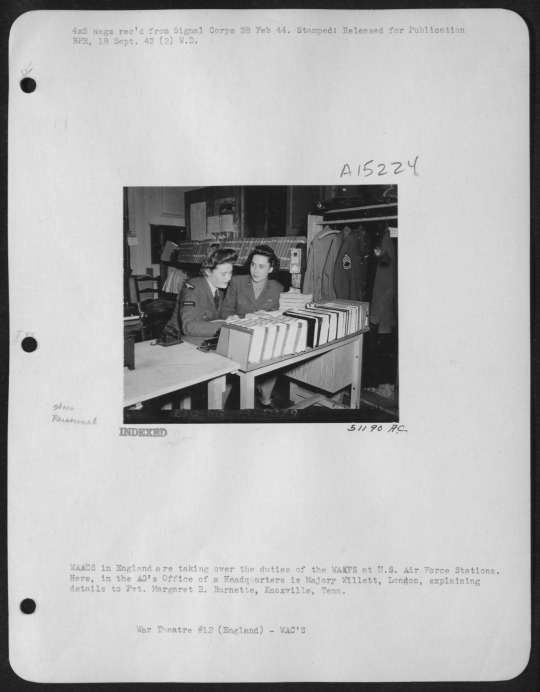
With many American men serving overseas, the country faced a need to tap into underutilized domestic resources. The WASP program, initiated in 1943, merged two existing women's flying programs: the Women's Flying Training Detachment (WFTD) and the Women's Auxiliary Ferrying Squadron (WAFS). These women, under the guidance of aviators like Jacqueline Cochran and Nancy Love, would play a critical role in the war effort.
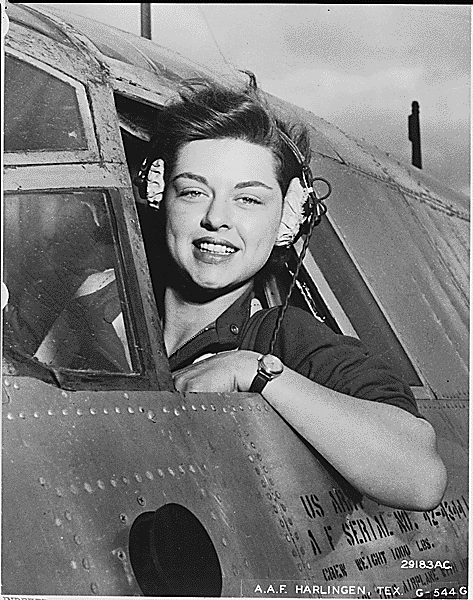
Duties and Contributions
The WASPs were trained pilots who contributed in non-combat roles. They ferried military aircraft across the country, tested planes, instructed male pilots, and even towed targets for live anti-aircraft artillery practice. They fulfilled the non-combat roles formerly occupied by male pilots, so more male pilots were available for combat roles. Women were not allowed to fly combat missions until [many years later, in 1993.. By the end of the war, WASPs had flown every type of military aircraft, logged over 60 million miles, and transported nearly 12,650 aircraft of 78 different types.
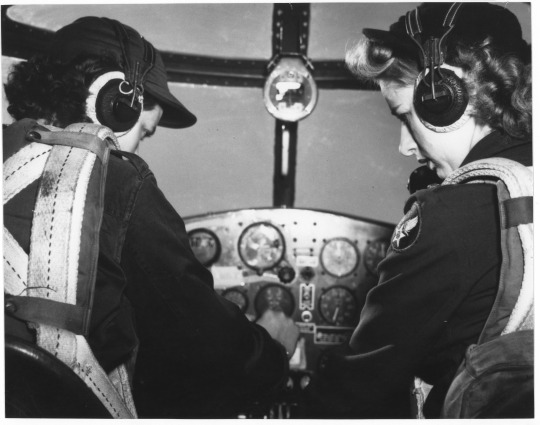
Challenges and Gender Biases
Despite their significant contributions, WASPs constantly faced skepticism and discrimination. They weren’t considered members of the military but were seen as civil service employees. They had to pay for their own uniforms, lodging, and sometimes even their way home after the end of their service. If a WASP pilot died during service, her burial costs fell on her family or fellow pilots.
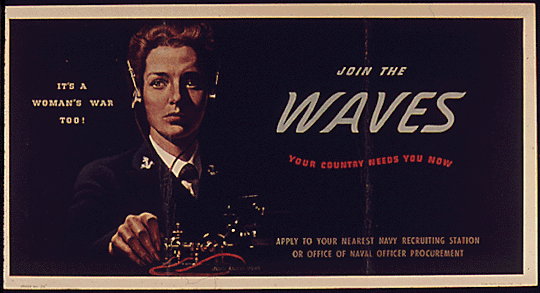
Recognition and Legacy
In 1977, after years of advocacy by WASP veterans, President Jimmy Carter signed legislation granting WASP pilots veteran status. Later, in 2009, they were awarded the Congressional Gold Medal for their service, sacrifice, and pioneering spirit. The legacy of the WASP program not only paved the way for women's integration into the U.S. Air Force but also demonstrated the capabilities of women in high-pressure, technical roles.
230 notes
·
View notes
Text

#bomber#fighter plane#jets#us air force#us space force#usaaf#united states air force#us armed forces#us air base#us army air corps
435 notes
·
View notes
Text

#military#aircraft#air force#us air force#usaf#fighter plane#second world war#world war ii#propeller plane#propeller#warbird#aviation history#aviation
1K notes
·
View notes
Text
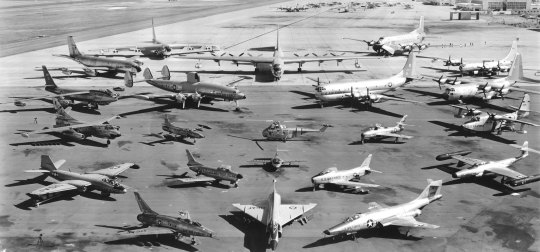
Of all the aircraft shown here, only two types are still in service (technically three, but that one is in the process of being replaced).
62 notes
·
View notes
Text
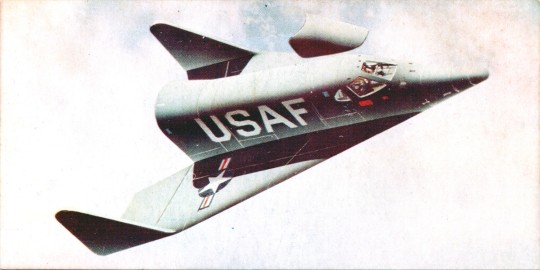
"Soaring Into Space
In addition to Mercury, Gemini, and Apollo, the U.S. is working on two other manned aerospace programs. The first is using the X-15, a piloted research vehicle, which flies as high as 50 miles above the Earth and at about 4,000 miles an hour, It is powered by a rocket engine but has wings and a tail, and can be controlled like an airplane. While the X-15 does not actually operate in space, vehicles similar to it will.
The other program is based on Project Dyna Soar. Dyna Soar will be launched like a missile, orbit the earth as a controlled satellite, and return through the atmosphere like an airplane. It is so named because it is expected that in the sky it will achieve boost-glide flight - also known as dynamic soaring. In space, the Dyna Soar pilot will be able to use rocket power to maneuver left or right thousands of miles in any flight path.
In the artist's concept of the craft, the pilot of the Dyna Soar discards the no-longer need cockpit heat shield in order to land."
Date: 1963
Posted on Flickr by Numbers Station: link
#Boeing X-20 Dyna-Soar#Boeing X-20 Dynasoar#Boeing X-20#X-20#Dynamic Soarer#Dyna-Soar#Dynasoar#X-Plane#Space Plane#Spacecraft#cancelled#United States Air Force#U.S. Air Force#US Air Force#USAF#Department of Defense#DoD#concept art#1963#my post
66 notes
·
View notes
Text
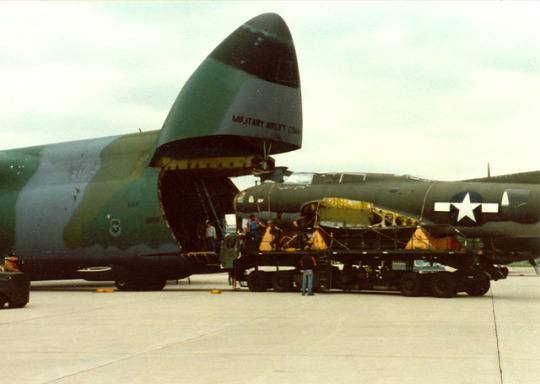
a C-5A galaxy putting her B-17 youngling in her pouch to protect it from predators
isn’t nature beautiful 😍
106 notes
·
View notes
Photo
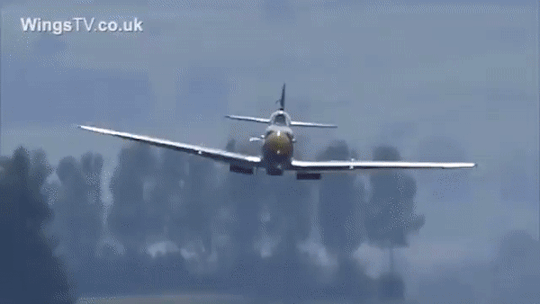


Supermarine Spitfire
1K notes
·
View notes
Text
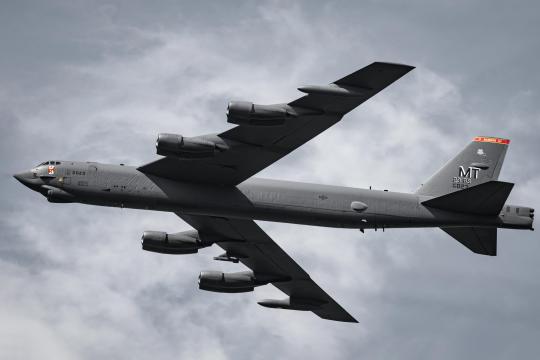
The iconic symbol of American Airpower
#Iconic aircraft#Airpower#Boeing#B-52#Stratofortress#Military#bomber#Planes of fame#AFGSC#Air Force#BUFF
284 notes
·
View notes


